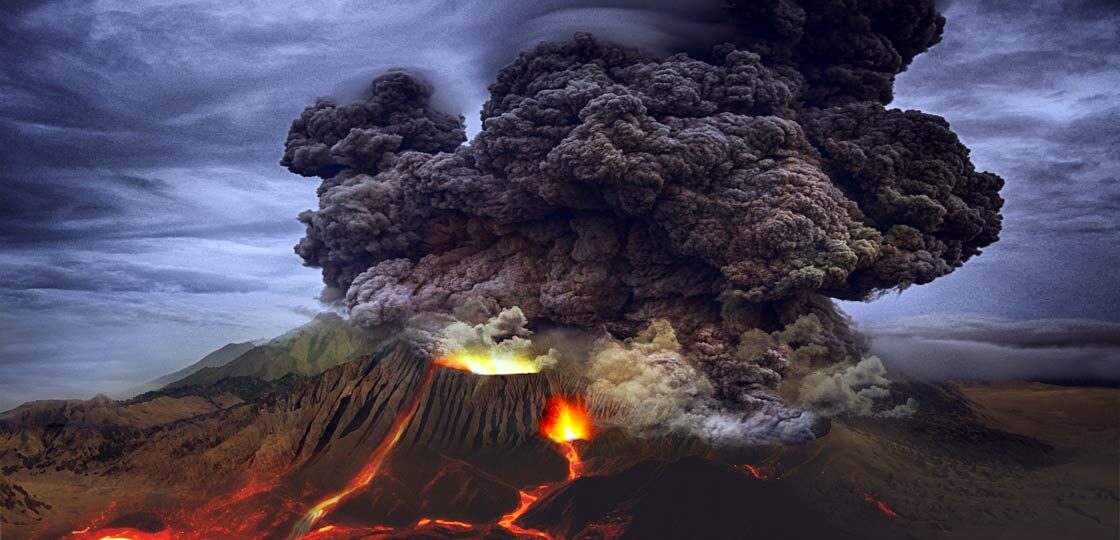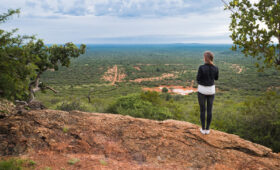Is Mount Kilimanjaro a Volcano?
Yes, Mount Kilimanjaro is indeed a volcano, in fact, it’s made up of three distinct volcanic cones: Kibo, Mawenzi, and Shira. Located in Tanzania, Kilimanjaro is not only the highest mountain in Africa but also one of the tallest free-standing volcanic mountains in the world.
Understanding Kilimanjaro’s Volcanic Nature
- Kibo, the highest cone, is considered dormant but not extinct, meaning it could erupt again in the future. It’s the summit most climbers aim to reach, Uhuru Peak sits at 5,895 meters (19,341 feet) on Kibo’s crater rim.
- Mawenzi and Shira are extinct cones. Mawenzi’s jagged peaks are often admired by trekkers as part of the breathtaking views along the climb.
- Kilimanjaro’s volcanic activity shaped the stunning landscapes, valleys, and glaciers that climbers encounter on their way to the summit.
When Was Kilimanjaro’s Last Eruption?
Kilimanjaro’s last known eruption is estimated to have occurred around 360,000 years ago, which classifies it as dormant but not extinct. This means while there’s no immediate volcanic activity, it remains geologically active beneath the surface.
Why Does Knowing Kilimanjaro is a Volcano Matter?
Understanding Kilimanjaro’s volcanic origin adds a fascinating layer to your climb. The mountain’s volcanic soil supports unique flora and fauna, and its glaciers and craters create dramatic terrain that challenges climbers physically and mentally.
If you’re curious to learn more or ready to embark on your own volcanic adventure, Mandari Travel offers expert-guided Kilimanjaro climbs tailored for every adventurer
Email: info@mandaritravel.com
📞 Call/WhatsApp: +255 750 900 811
Request a Quote for Your Kilimanjaro Climb
Fill out the form below and start planning your volcanic journey today!




